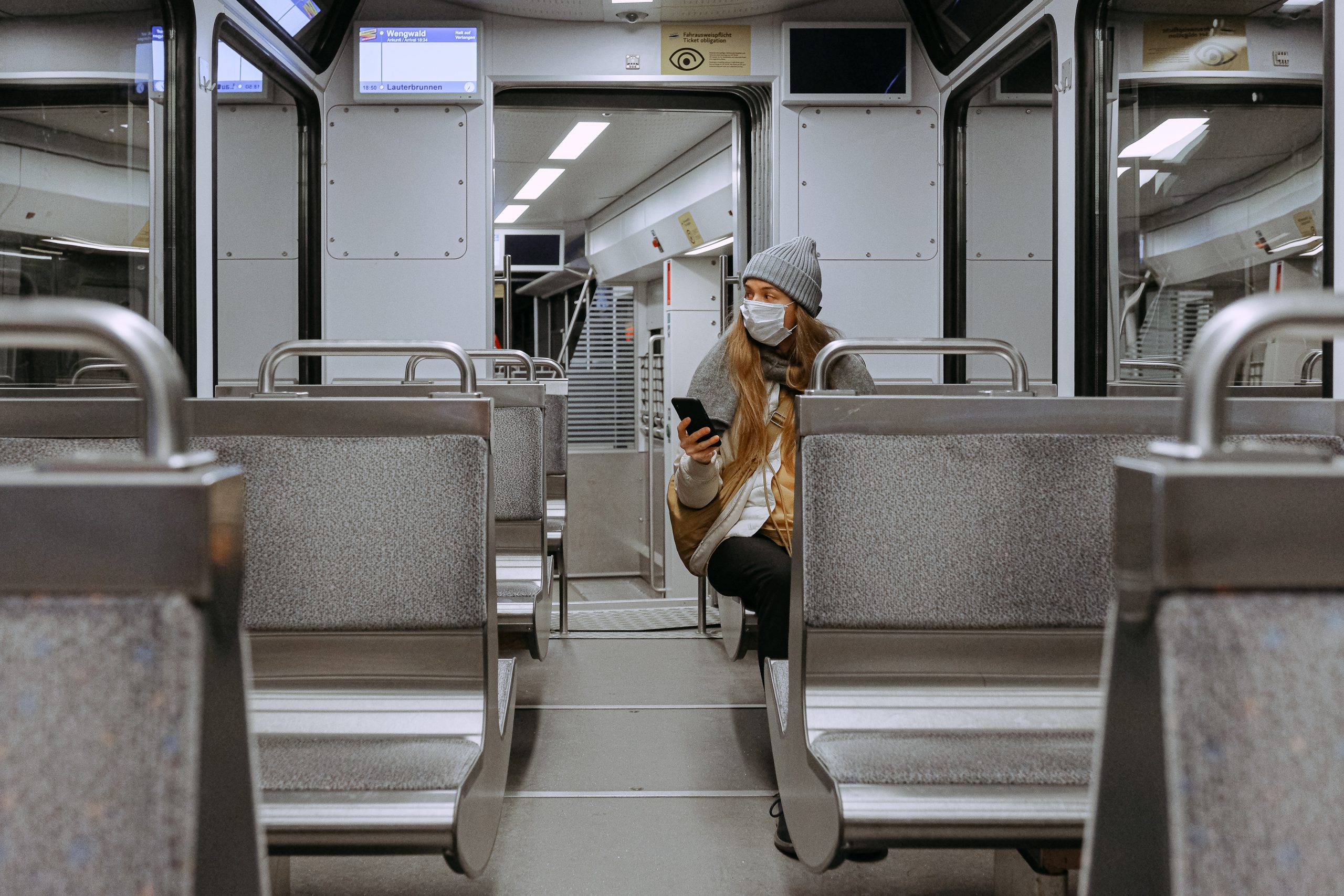Using On-Demand Transit to Mitigate COVID-19
By: Luke Mellor
In the face of COVID-19 billions of people around the world have been mobilized en-mass to perform social distancing. In most countries this involves everyone staying home as much as possible. This results in empty city streets and empty public transit vehicles. But essential workers still need to get around, and all people need to to make other necessary trips. The people still working include public transit operators who have to maintain the transportation system both in the face of a pandemic but also in drastically new service conditions.
Public transit ridership has plummeted due to social distancing, and while it will come back, maintaining service these days has several challenges:
- Due to fall in ridership redundant vehicles are removed from service but enough vehicles must remain to prevent overcrowding and allow essential trips to occur
- Protect drivers and other transit employees from infection
- Keep operations fiscally sustainable over the duration of the social distancing
Belleville Transit, the operator for the Ontario city of 50,000 people came to these problems in March 2020. First in mid-march they maintained service normally, fixed routes during the day, on-demand transit (ODT) at night, but introduced several policies including free fares and backdoor boarding. Then in late March they instituted a fully on-demand service starting with a handful of vehicles, just 3 on Monday March 27th.
From 7 AM to 12 AM, Pantonium’s EverRun software controlled the entire town’s transit for this first day, using trip requests from Belleville’s riders booked online, by phone and kiosks in key destinations like factories. Drivers were guided off fixed routes between stops by a continuously calculating algorithm with a few unique parameters. Capacities of these full size buses were reduced in the system to only allow 10 simultaneous riders. This necessarily reduced the efficiency of operations but it allowed social distancing to be practiced on board the buses. Based on the data generated of that day, Pantonium and Belleville were able to adjust the service daily to ensure it ran at a capacity that maintained social distancing but also remained efficient. Compared to other on-demand transit operations, Belleville Transit was around 100% more efficient with each vehicle running a 6 rider per service hour, above the North American average of 3, and maintained an on time percentage of 90%.
In the face of many months of social distancing several improvements to this system can be made such as automating the boarding confirmation with bar code scanners attached close to the rear doors so that riders do not have to interact at all with drivers.
Across North America all public transit agencies could use this approach to mitigate impacts of social distancing. Use ODT to replace all fixed bus routes that cannot be sustained and use customized fleets of on-demand buses to ensure the essential service of public transit is kept safe and efficient. Once our collective action of social distancing is complete, hopefully after a rapid flattening of the curve, transit agencies will be able to quickly transition back to normal services. But they will have the experience and data generated by this experience to better understand and optimize the essential travel of their riders for the benefit of everyone.
It is early, but Belleville is already gaining some insights they’ll be able to apply to future operations. Under fixed routes, a rider departing from Humewood Dr. & Pint St. and travelling to the city’s only Walmart, needed to transfer buses and could expect a 40-44 minute ride. Under ODT, that transfer has been eliminated and the total travel time is down to an average of 24 minutes. ODT is offering riders more convenient travel and is generating travel times on par or better than fixed routing. Beyond immediate benefits, what Belleville learns using ODT now will help it better optimize the city’s transit system after the pandemic.
While transit agencies have been forced to consider drastic choices to counteract the effects of the pandemic, they also have the chance to do things differently. There is an opportunity to enhance their operations with innovative technologies that not only address the problems of today, but will improve transit outcomes well into the future.
———






[…] Check out this article for a more in-depth look at Belleville’s switch to on-demand transit and how they mitigated the effects of COVID-19. […]